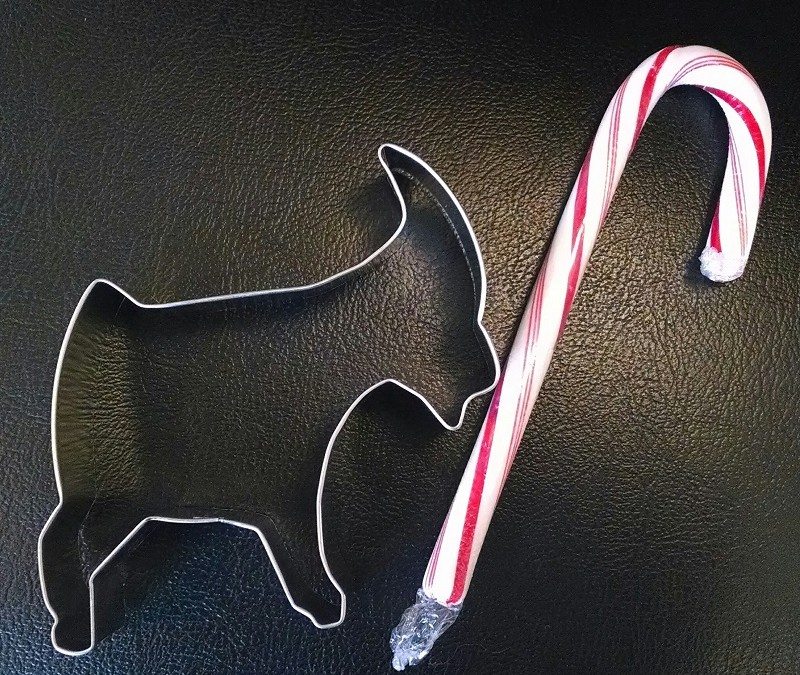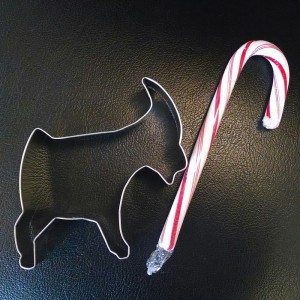Simple tips for using images on your website
Pictures. They are worth how many words exactly? Cliches aside, images are critical on a website. Words alone will never captivate every visitor no matter how amazing the words. Some folks just like to look at purdy picshures. Also, some folks search for purdy picshures, so they may just show up on your website because you have chosen excellent pictures and described them well.
If you like to use images for your site (and you should!), here are some easy but important tips:
- Choose images that have relevance to the page on which you are going to place the image. The picture should help to tell the story, or perhaps serve as an odd juxtaposition. You want the image itself to draw people in.
- Don’t use stock images. We are guilty of this on occasion, but stock images and clip art are a dime a dozen and thousands of people may use the same image, which doesn’t help your website to stand out.
- Shrink the image size before you upload them. Images that come from today’s digital cameras are enormous – multiple megabytes’ worth. Large images slow a website down and can be problematic for WordPress if you use enough large photos. Shrink the size (widths of no more than 1000 pixels), before uploading.
- Give the images a file name that describes the image. “IMG098.jpg” says nothing about the picture. Give it a relevant file name instead, like “maple-tree-losing-leaves-fall-2013.jpg.” Google doesn’t (yet) index an image based on what it looks like. Use hyphens (-), not underscores (_), between words in the file name. In this way, you tell Google and visitors what the picture is.
- Give the image a title, alt text (these words display when images are not viewed in a browser session) and a description when using in a blog or website post. Captions are good, too. All these attributes further tell search engines and visitors what the image is about.
- Instead of placing many images individually on a blog post, choose the best one or, if you must use more than one, create a gallery of thumbnail size images or a slideshow. The more images, the slower the page loads. Your visitors don’t want to wait.




